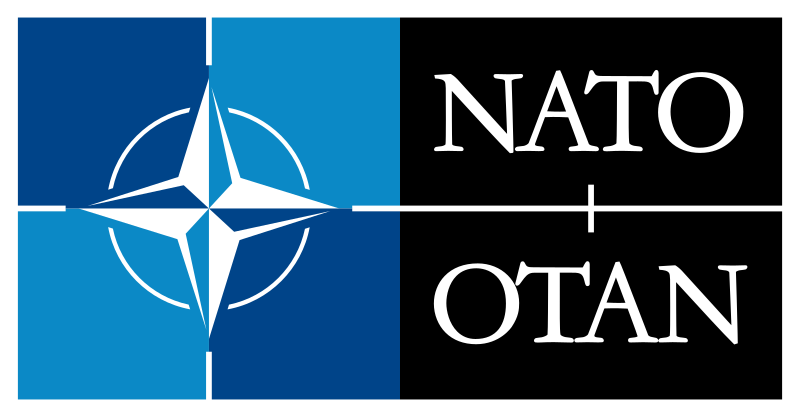
Well, there has been a flare up in the Gulf of Oman yesterday. Don’t know if there has been any additional forces added over there. Nothing has been announced, although that does not mean additional forces have not been sent. The USNI Fleet Tracker for 10 June 2019 is still showing 21 ships there: https://news.usni.org/2019/06/10/usni-news-fleet-and-marine-tracker-june-10-2019
The destroyer USS Bainbridge (DDG-96) was in the news yesterday operating in the Gulf of Oman. As it was part of Carrier Strike Group 12, does that mean the carrier Abraham Lincoln is close by?
——old post from May 29, 2019————————————————————————-
Since 1990, the U.S. has always maintained a presence in and around the Persian/Arabian Gulf and Gulf of Oman. The UK also traditionally has a presence in the Gulf. Exactly what is there now?
In Iraq: 6,700+ U.S. and allied troops and supporting civilians
- Around 5,000 U.S. troops, primarily involved in training.
- As of 2017 the Pentagon has stopped providing the number of troops that are being deployed in Iraq citing security concerns.
- There are also probably U.S. civilians
- UK has 400 UK troops in non-combat roles and 1,000 civilians
“supporting counter-daesh operations.” - Germany has 160 soldiers
- Netherlands had 169 military and civilian staff
- Australia withdrew in 2018.
Kuwait:
- 10,000 troops in Kuwait (under CENTCOM?)
Bahrain:
- UK has a Type 23 frigate based there
- UK has four minesweepers based there.
- UK has a floating base.
Oman:
- Some British troops
- In March 2019, they performed a joint exercise with the Omani armed forces that included 5,500 British troops.
The Fifth Fleet:
- According to the USNI Fleet Tracker, they currently have 21 ships
- This includes the USS Abraham Lincoln and the Kearserge (see below).
- 10,000 troops in Qatar (command assumed to be Fifth Fleet)
- 1,000+ Marines aboard the Kearsarge
- There are probably a number of submarines in the area.
Sending to the Gulf as of new reports of 10 May and after:
- Carrier Strike Group 12
- USS Abraham Lincoln (CVN-72)
- 65-70 aircraft (Carrier Air Wing 7)
- USS Leyte Gulf (CG-55)
- Destroyer Squadron 2 with:
- USS Bainbridge (DDG-96)
- USS Mason (DDG-87)
- USS Nitze (DDG-94)
- sometimes submarines
- support vessels
- Passed through the Suez Canal on May 9.
- operating of the coast of Oman 16 May
- USS Abraham Lincoln (CVN-72)
- Amphibious Squadron 6
- USS Kearsarge (LHD-3)
- 22nd MEU (Marine Expeditionary Unit)
- A battalion+ of Marines
- USS Arlington (LPD-24)
- USS Fort McHenry (LSD-43)
- Off the coast of UAE near entrance to Gulf on 16 May
- One squadron of B-52s
- At Al Udeid Air Base in Qatar
- Pictures of them landing on May 9
- Others elsewhere in “southwest asia” (Al Dhafra Air Base in UAE?)
- Maybe 12-24 aircraft
- Aircraft from the 20th Bomb Squadron, Barksdale AFB, Louisiana
- At Al Udeid Air Base in Qatar
- One Patriot Missile Battalion
- Originally a Patriot battery in the reports of 10 May.
- Appears to include forces that were already in the Gulf who extended their deployment.
- Maybe 16 launchers of 4 missiles
- Two U.S. destroyers entered the Persian Gulf on May 16
- USS McFaul (DDG-74)
- USS Gonzalez (DDG-66)
- Added to the deployed on 24 May
- One fighter squadron
- Reconnaissance and surveillance aircraft
- around 900 troops while another 600 are retained in the Gulf.
This listing was quickly cobbled together from open sources. It should not be quoted without verification.







